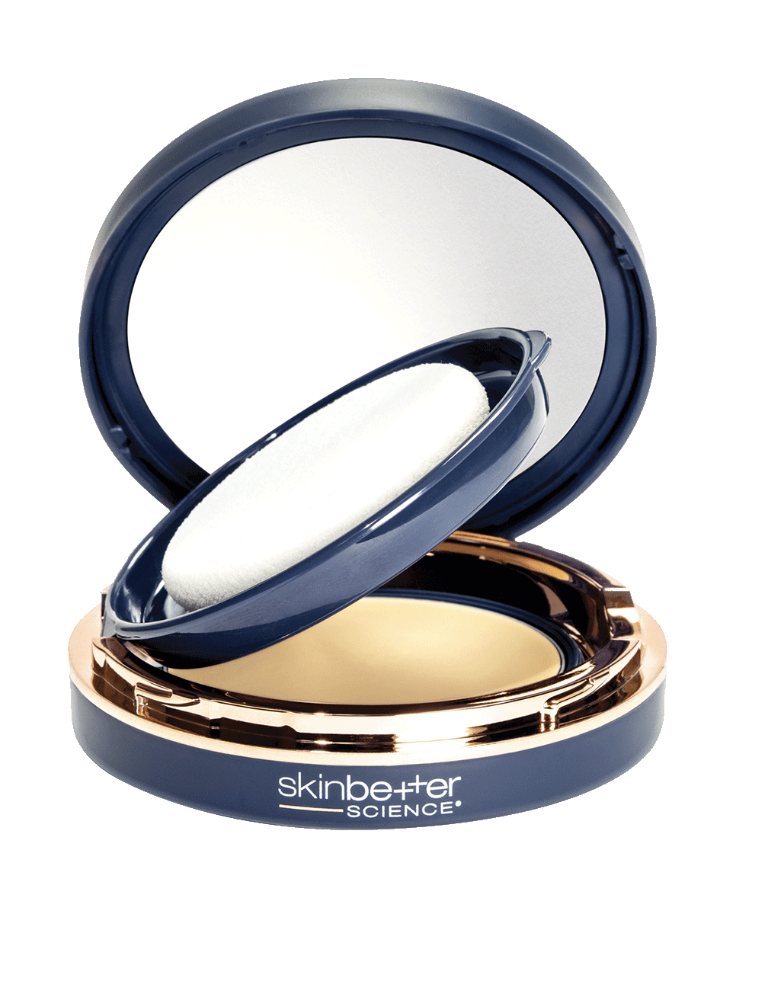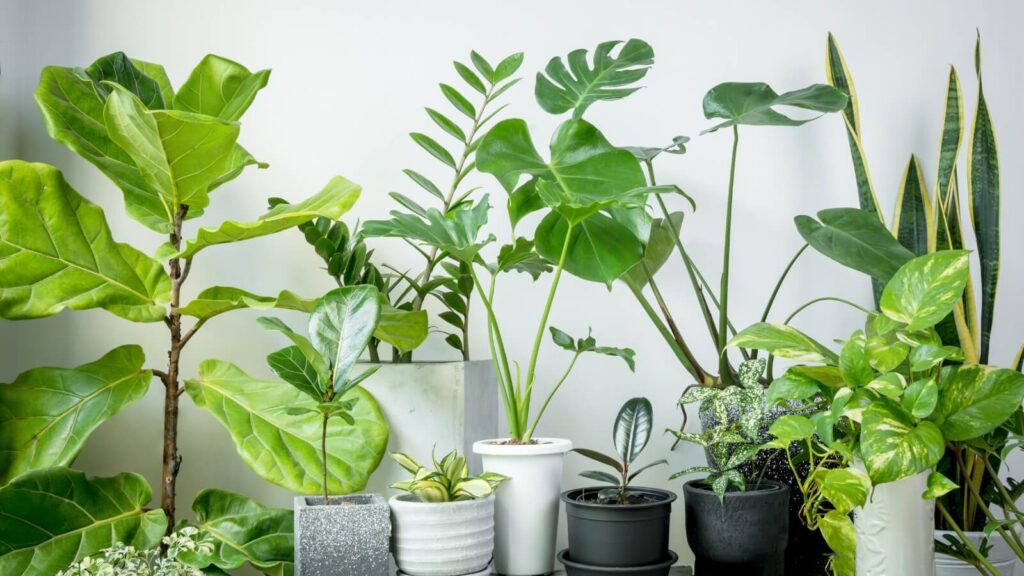
You may not realize it, but your home is likely brimming with indoor air pollutants—think chemicals from cleaning products, dust, pollen, pet dander, mold, and much more! And even if these pollutants are only present in small amounts, over time, prolonged exposure can lead to premature signs of aging, as well as dull, dry, or inflamed skin.
That’s because our skin plays a major role in our body’s detoxification process. Too many toxins can cause your skin to become stressed, leading to damage and irritation. But don’t worry, this is where houseplants come to the rescue!
Houseplants help reduce the number of toxins in the air, thereby lowering the amount that ends up in your body. They also increase humidity levels (which keeps your skin nice and hydrated), reduce carbon dioxide, and can even promote a sense of calm. Are you sold yet on adding a few green dreams to your home? Here are some of the houseplants we love for their health and beauty benefits:
The Best Houseplants For Your Skin (And How to Care For Them)
Snake Plant*
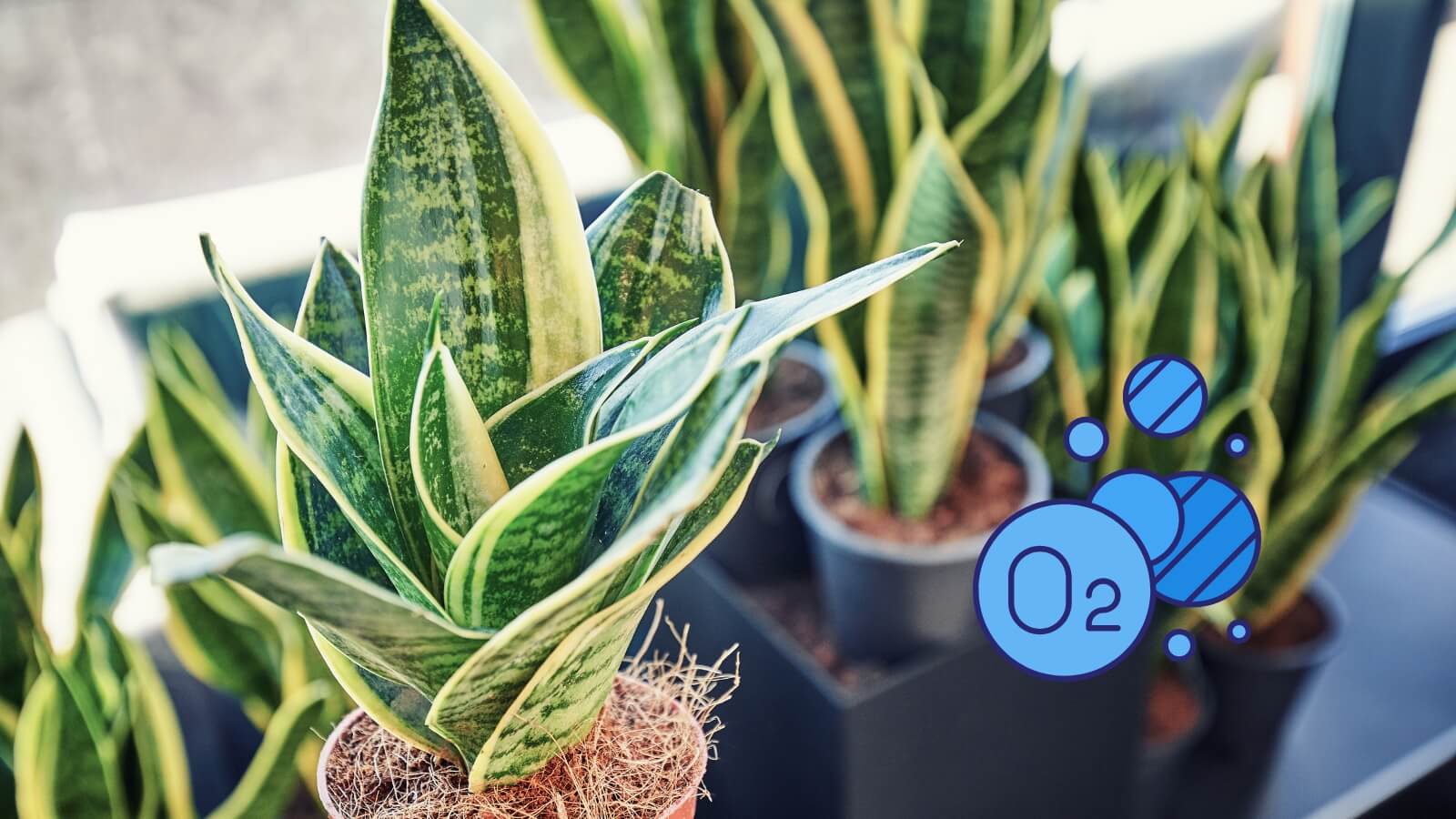
Also known as Sansevieria or mother-in-law’s tongue, the beloved snake plant is one of the best air-purifying plants. Most people associate air purification only with foliage plants; however, embedded in the expansive, upright fronds of the snake plant are tiny pores that take in and expel gases (almost like breathing).
While most plants take oxygen away at night for their own cellular respiration, snake plants actually give off oxygen! This makes them ultra-beneficial to your beauty sleep, as the increased oxygen levels can help speed up cell regeneration and boost collagen production. As an added benefit, they’re also super hard to kill. We’re in!
How to care for snake plants: Snake plants like bright, indirect sunlight (although they can also tolerate low light). You can tell it’s time to water them when the soil in the pot has completely dried out. Typically, this is every two to six weeks, or even less in the winter.
Peace Lilies
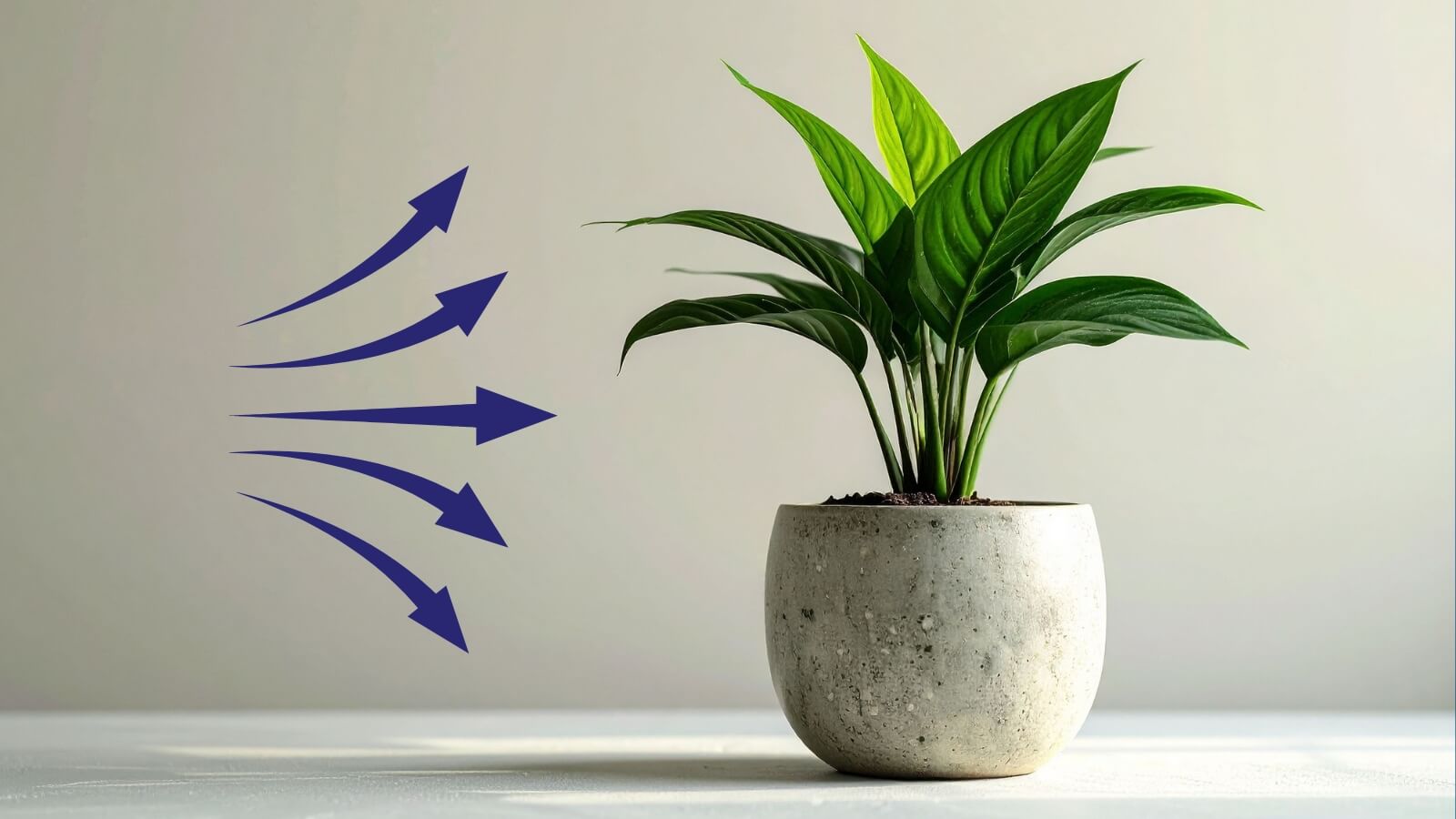
Well-known for their gorgeous white flowers (which bloom in the summer), peace lilies are pretty and powerful houseplants. But did you know that peace lilies can actually improve your indoor air quality by as much as 60%?
These stunners don’t just sit there and look good—they absorb ammonia, benzene, xylene, formaldehyde, and trichloroethylene, which are airborne chemicals that can cause skin irritation. Peace lilies may also help reduce the levels of mold spores that grow in the home by absorbing these spores through their leaves, and then circulating them to the plant’s roots, where they are then used as food. Why not give peace (lilies) a chance?
How to care for peace lilies: Peace lilies prefer bright, indirect light, and their soil should be moist but not soggy. You can tell it’s time to water when the top inch of the soil feels dry.
Aloe Vera
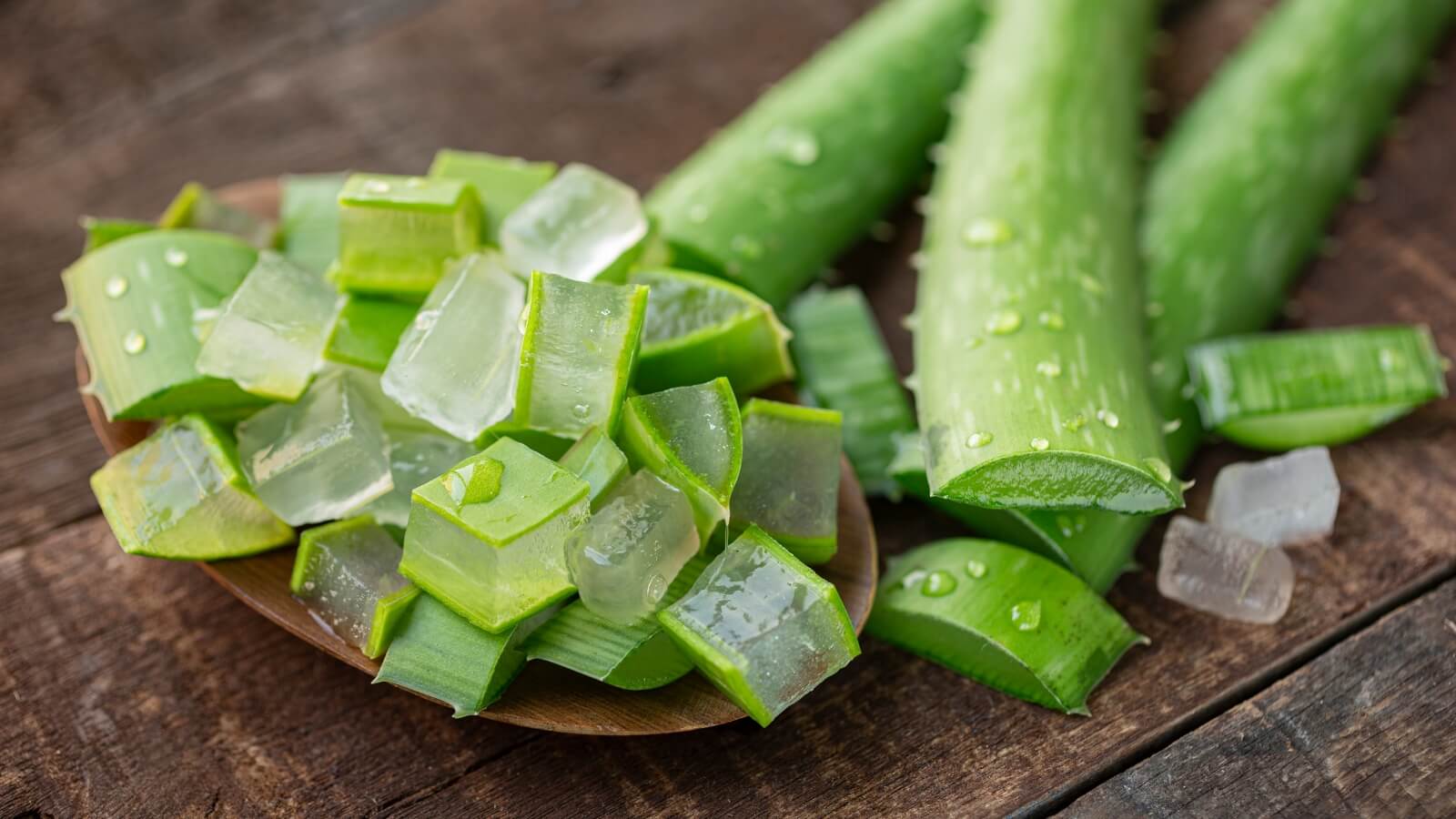
Aloe vera has been hailed for its positive effects on the skin for centuries! Aloe vera contains antioxidants (such as vitamin C and E) that can hydrate your skin and improve its firmness and texture. It also has anti-inflammatory properties that make it ideal for skin-related conditions; the gel that aloe vera plants produce may be useful as a natural alternative to minor wound healing, reducing the appearance of scars, and relieving the itch of psoriasis.
In order to access all its healing benefits, you can cut the leaves open and apply the fleshy gel directly to sunburn, eczema, and rashes. Because the gel is so soothing, it provides almost instant relief! It’s especially helpful in the winter, when dry skin runs rampant. Try applying a thin layer to your face, then follow with your favorite moisturizer.
How to care for aloe vera: Aloe vera is a succulent, which means it easily runs the risk of overwatering. Keep your aloe vera plant in bright, indirect sunlight, and only water when the soil is completely dry. It may help to use a well-draining soil to prevent root rot.
Rubber Plant
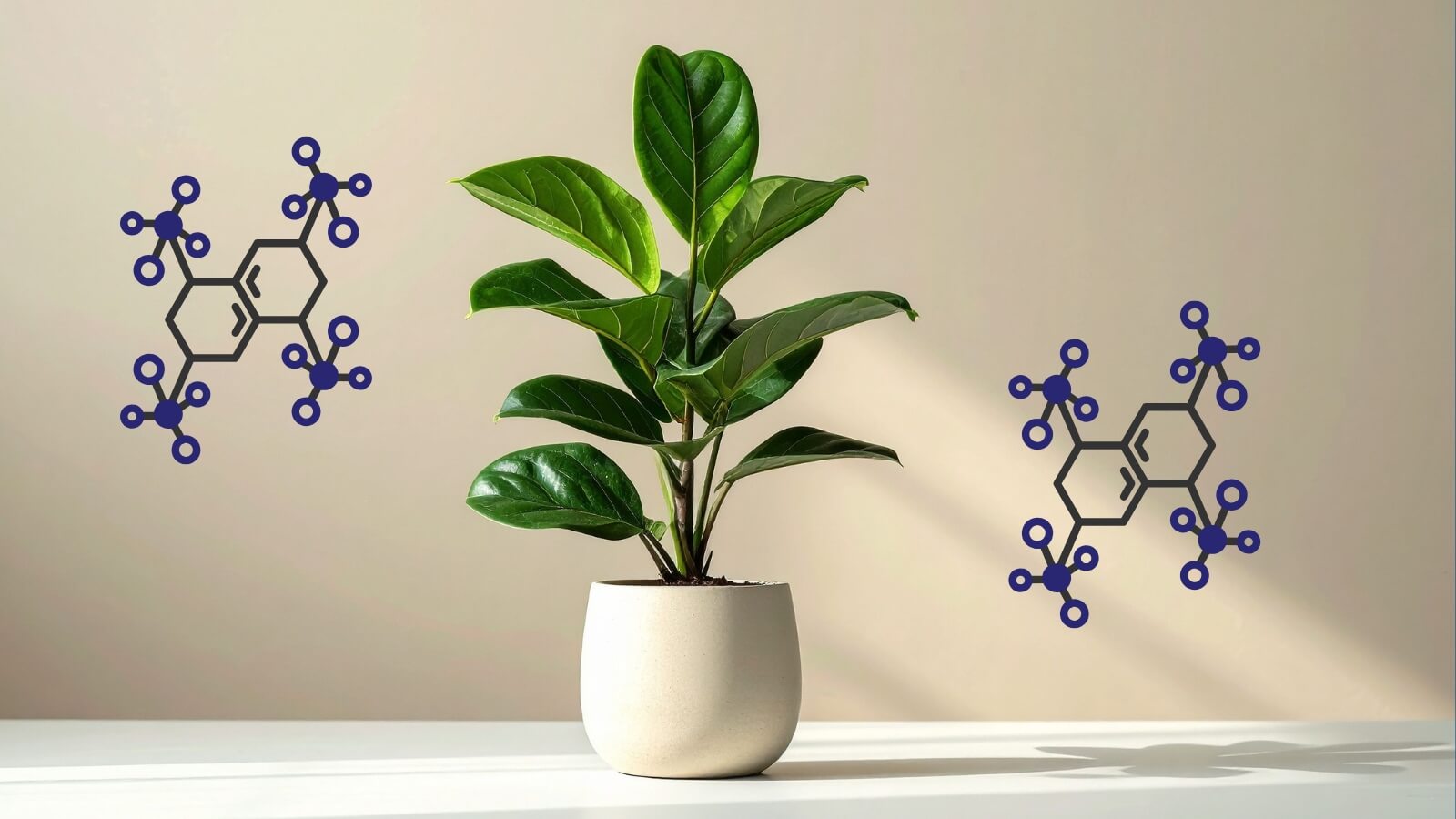
Rubber plants are great at purifying indoor air due to their ability to not only absorb airborne chemicals (such as formaldehyde and benzene) but also break them down into harmless compounds, reducing your exposure to indoor toxins that can wreak havoc on your skin. Plus, one of the plant’s defense mechanisms is fighting off mold and bacteria—they do this to protect their soil, and in turn, also protect you!
Their gorgeous, glossy leaves aren’t just for show either. Due to their large surface areas, they release more oxygen than most plants, leading to fresher air. As an added benefit, for those who are finicky about the look of their plants, there is a wide variety of rubber plants available to complement your home.
How to care for rubber plants: Keep your rubber plant in bright, indirect sunlight, and water thoroughly when the top few inches of the soil are dry. Like aloe vera, well-draining soil is recommended to prevent root rot.
Dracaena*

Want to add a bit of the tropics to your home? This palm-like houseplant is one of the most efficient plants at removing formaldehyde from the air. And that’s not the only carcinogen it wards off; dracaena can also minimize the effects of formaldehyde and benzene, which are volatile organic compounds (VOCs) that can enter your home through a variety of common household products, such as furniture and paints.
If you’re worried about dry air, strategically place a few dracaena around your home. They release water vapor through a process called transpiration (when water moves through a plant and then evaporates from its leaves and stems), increasing humidity levels.
How to care for dracaena: Dracaena flourish in bright, indirect sunlight, and only water when the first inch of the soil is dry. It may be best to also pot these in well-draining soil or use a pebble tray.
*It’s important to note that snake plants and dracaena can be toxic to pets and children. This is due to the saponin toxins they contain, which can lead to gastrointestinal discomfort if ingested in large quantities. Because of this, you should proceed with caution before adding them to your arsenal of skin-soothing plants.
Want to Master Your Skin Health? Contact AESTHETICS 360°
Want more tips on mastering your skin health? There’s so much more out there than just plants! Contact us today to receive a complimentary consultation with one of our A360° clinical aestheticians and get started on your journey towards experiencing the 360-degree difference.


